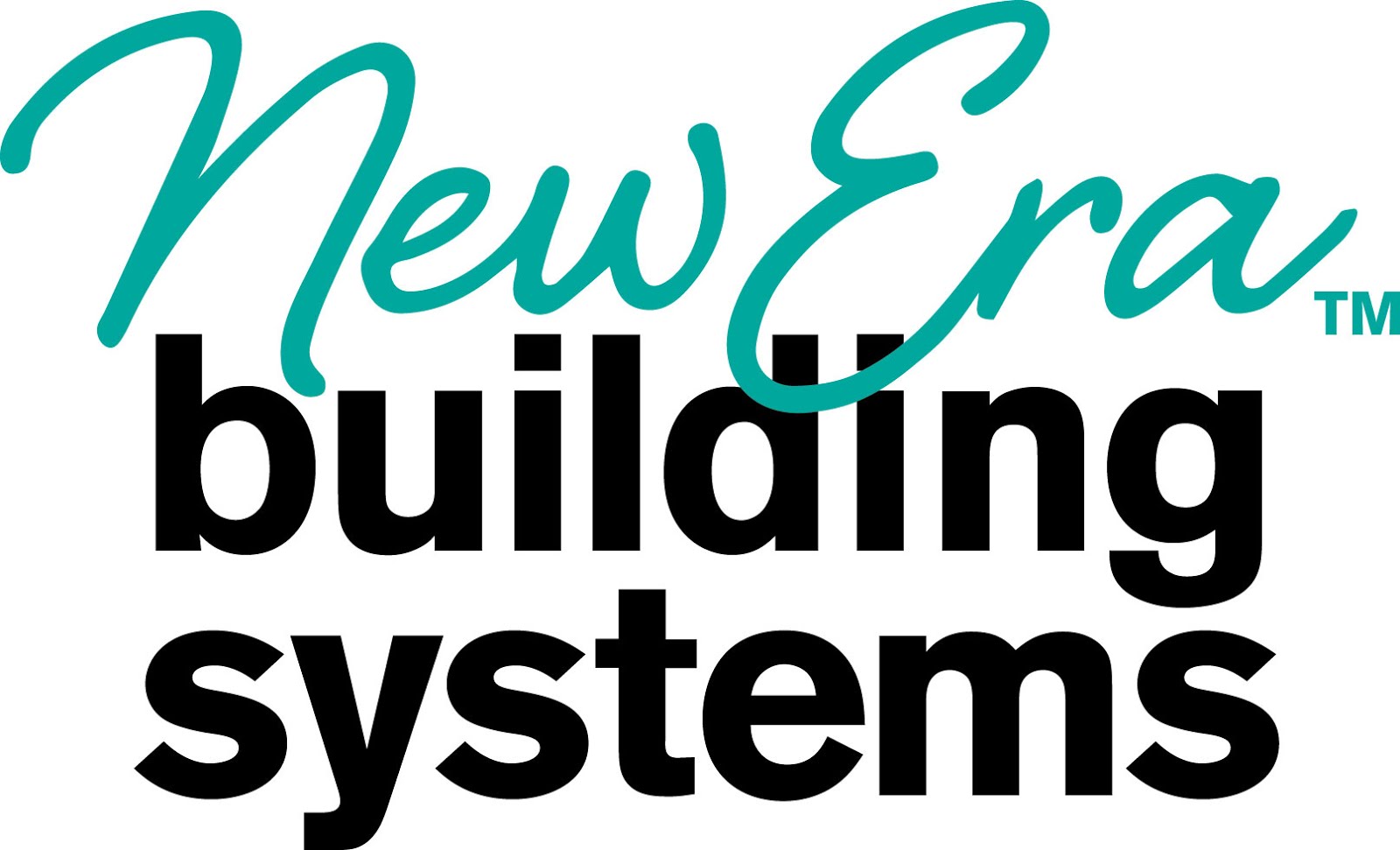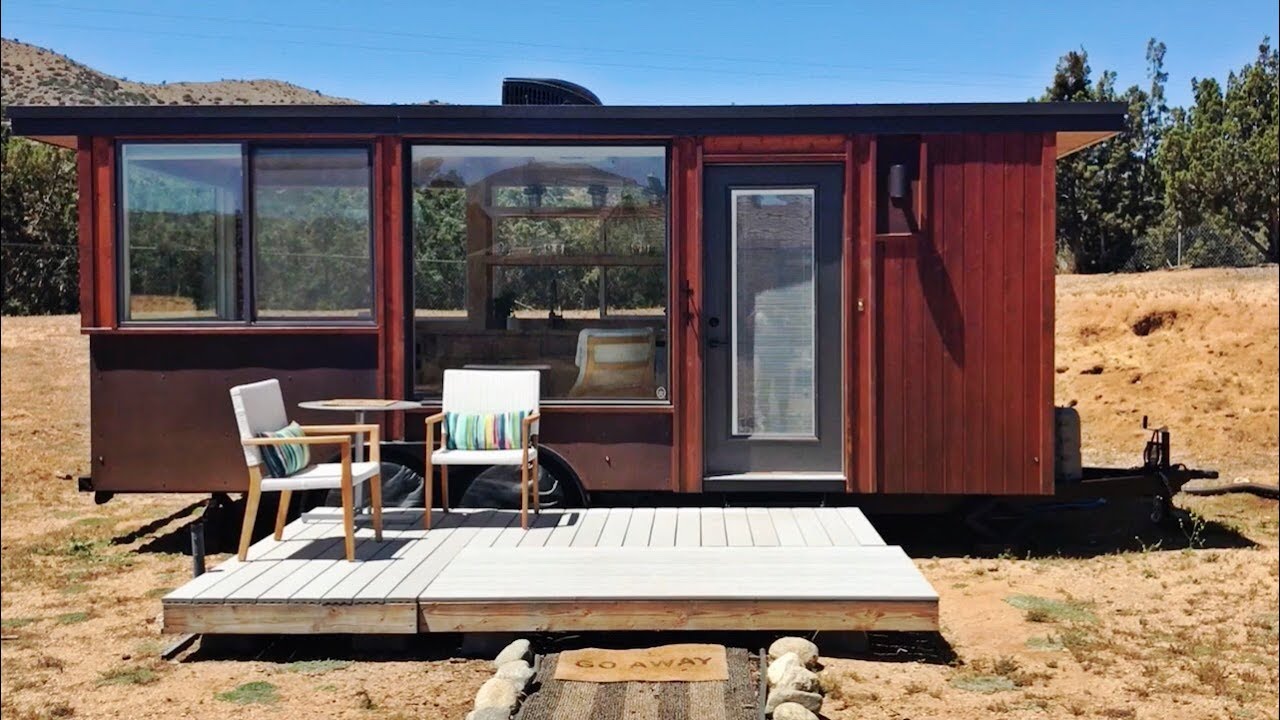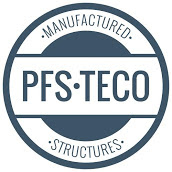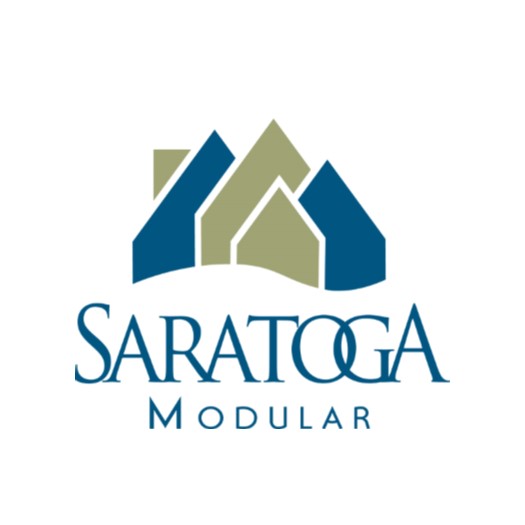Accessory Dwelling Units (ADUs) are rapidly gaining popularity as an innovative solution to urban housing shortages. These small, self-contained living units, typically built on the same lot as an existing home, offer a versatile option for increasing housing density and providing flexible living arrangements. By enabling more efficient use of existing land and resources, ADUs can help cities address the dual challenges of housing shortages and affordability. In this article, we’ll explore the top five cities that are leading the way in adopting ADUs, setting benchmarks for others to follow.
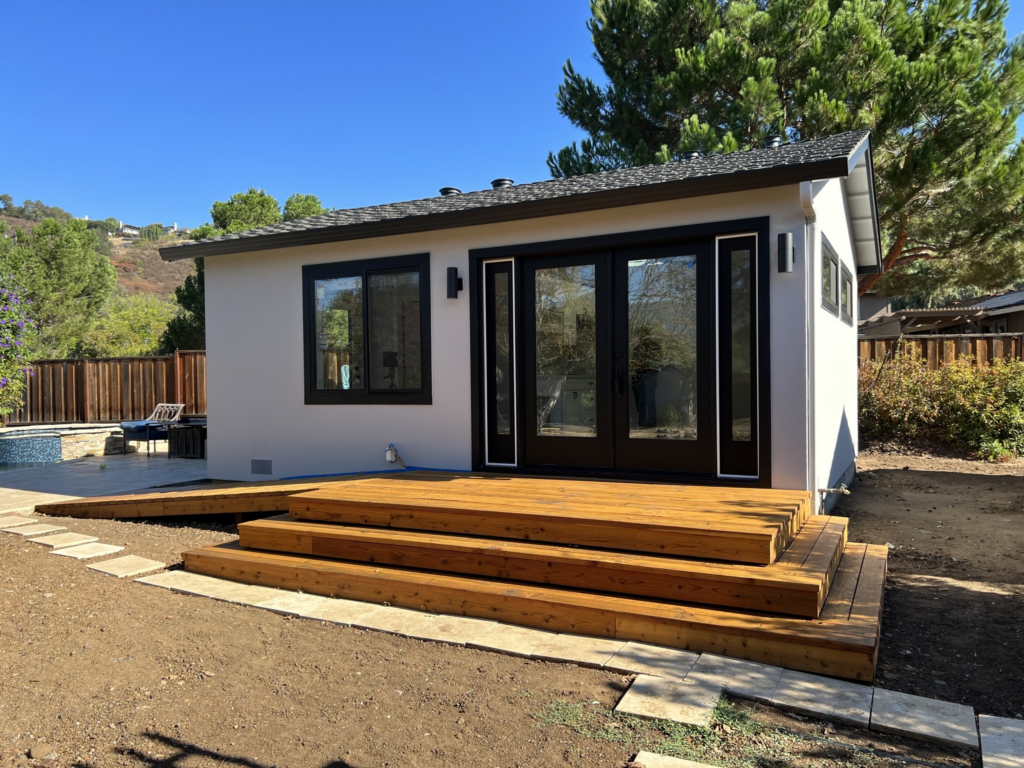
.
These cities have implemented progressive policies and incentives to make ADU construction more accessible and appealing to homeowners. From fee waivers and expedited permitting processes to relaxed zoning laws and financial incentives, these municipalities are paving the way for innovative housing solutions.
The Top 5 Cities Embracing Accessory Dwelling Units (ADUs)
1. Portland, Oregon
Portland stands out as a pioneer in ADU-friendly policies. The city has made significant efforts to encourage the construction of ADUs by offering incentives such as fee waivers and expedited permitting processes. Portland’s progressive stance on ADUs has created a blueprint for other cities aiming to expand their housing options.

In 2010, Portland eliminated system development charges (SDCs) for ADUs, which saved homeowners thousands of dollars. This move spurred a dramatic increase in ADU development. By simplifying regulations and reducing financial barriers, Portland has successfully integrated ADUs into its urban landscape, providing more affordable housing options and promoting sustainable urban growth.
2. Los Angeles, California
Los Angeles has made substantial strides in promoting ADUs to address its severe housing crisis. With a population of nearly 4 million, the city faces significant housing shortages and affordability issues. To combat this, LA has relaxed zoning laws and streamlined the approval process for ADUs, resulting in a surge of new ADU constructions.

The city’s approach includes reducing minimum lot size requirements, allowing ADUs on properties previously restricted, and offering incentives for affordable ADU rentals. These measures have made it easier for homeowners to add ADUs to their properties, thus increasing the overall housing stock and providing more affordable rental options.
3. Austin, Texas
Austin, known for its rapid growth and vibrant culture, has embraced ADUs as a means to increase housing availability and affordability. The city’s flexible regulations and strong community support have made Austin a hub for ADU development.

Austin’s Land Development Code allows for the construction of both detached and attached ADUs on single-family lots, encouraging homeowners to build these units. The city has also implemented programs to educate residents about the benefits of ADUs and provide technical assistance for the permitting and construction process. These efforts have positioned Austin as a leader in innovative housing solutions.
4. Seattle, Washington
Seattle has implemented several initiatives to encourage ADU construction, making it one of the top cities for ADU adoption. The city’s policies include reducing parking requirements and allowing two ADUs per lot (one attached and one detached), providing more flexibility for homeowners.

Seattle’s recent zoning changes, known as the “backyard cottage” legislation, have removed significant barriers to ADU development. The city has also eliminated owner-occupancy requirements and increased the maximum size of ADUs, making it easier for property owners to add these units. These initiatives aim to provide more housing choices, support sustainable urban growth, and address the city’s housing affordability crisis.
5. San Francisco, California
With its exorbitant real estate prices, San Francisco has turned to ADUs as a viable solution to add affordable housing. The city has simplified the permitting process and offered financial incentives to homeowners willing to build ADUs on their properties.

San Francisco’s “ADU Program” allows for the conversion of unused spaces, such as garages and basements, into livable units. The city provides technical assistance and has streamlined the approval process, making it easier for homeowners to develop ADUs. These efforts have significantly increased the number of ADUs, helping to alleviate some of the city’s housing pressures.
The Top 5 Reasons to Consider Building an Accessory Dwelling Unit (ADU)
Building an ADU can be a smart investment for homeowners. Here are the top five reasons to consider adding an ADU to your property:
1. Additional Income
Renting out an ADU can provide a steady stream of rental income, helping homeowners offset mortgage payments and other expenses. It’s an excellent way to make your property work harder for you. With the rising demand for affordable housing, ADUs offer a lucrative opportunity for rental income.
2. Increased Property Value
An ADU can significantly increase the value of your property. Potential buyers often see the added living space as a valuable asset, whether for rental income, guest accommodation, or future flexibility. Studies have shown that properties with ADUs tend to sell faster and at higher prices compared to those without.
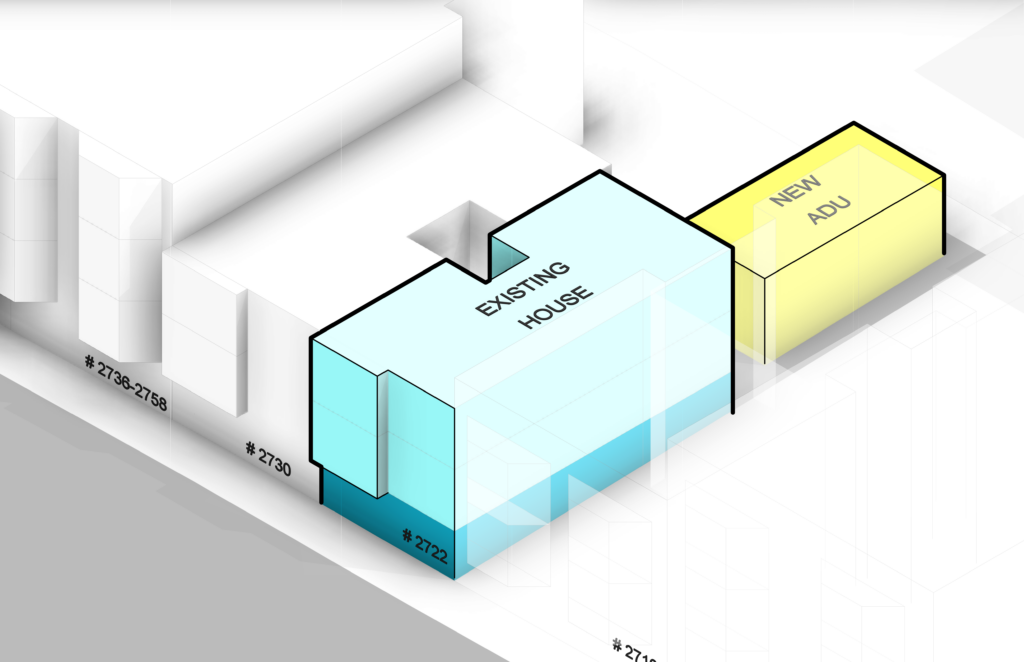
3. Housing Flexibility
ADUs offer versatile living arrangements. They can serve as guest houses, home offices, studios, or living spaces for adult children or elderly family members, providing the flexibility to adapt to changing family needs. This flexibility can be particularly beneficial for multigenerational households, providing privacy while maintaining proximity.
4. Sustainable Living
ADUs promote sustainable living by utilizing existing land more efficiently. They reduce urban sprawl and can be designed with energy-efficient features to minimize environmental impact. By increasing density in established neighborhoods, ADUs help reduce the carbon footprint associated with new construction and urban expansion.
5. Community Benefits
By providing more housing options within existing neighborhoods, ADUs help create more diverse and vibrant communities. They can alleviate housing shortages and contribute to more inclusive urban environments. ADUs also support local economies by increasing the demand for neighborhood services and amenities.
Modcoach Notes
The growing popularity of ADUs reflects a broader trend towards innovative and flexible housing solutions. Cities like Portland, Los Angeles, Austin, Seattle, and San Francisco are leading the way with progressive policies and initiatives that encourage ADU development. For homeowners, building an ADU offers numerous benefits, from additional income and increased property value to sustainable living and community enrichment. As more cities adopt ADU-friendly policies, this versatile housing option is set to play a crucial role in addressing urban housing challenges and promoting sustainable development.
.
CLICK HERE to read the latest edition
Contact Gary Fleisher



